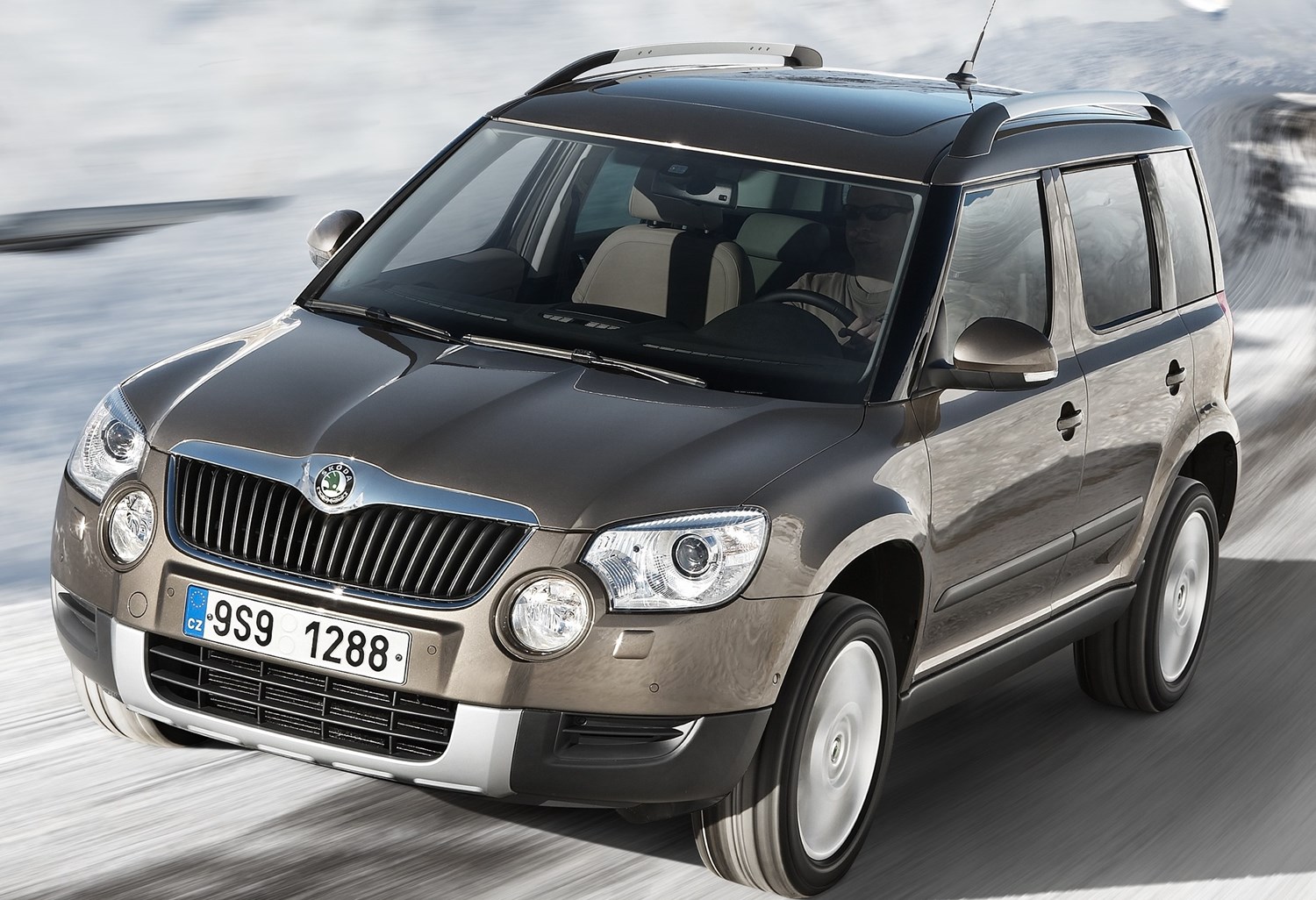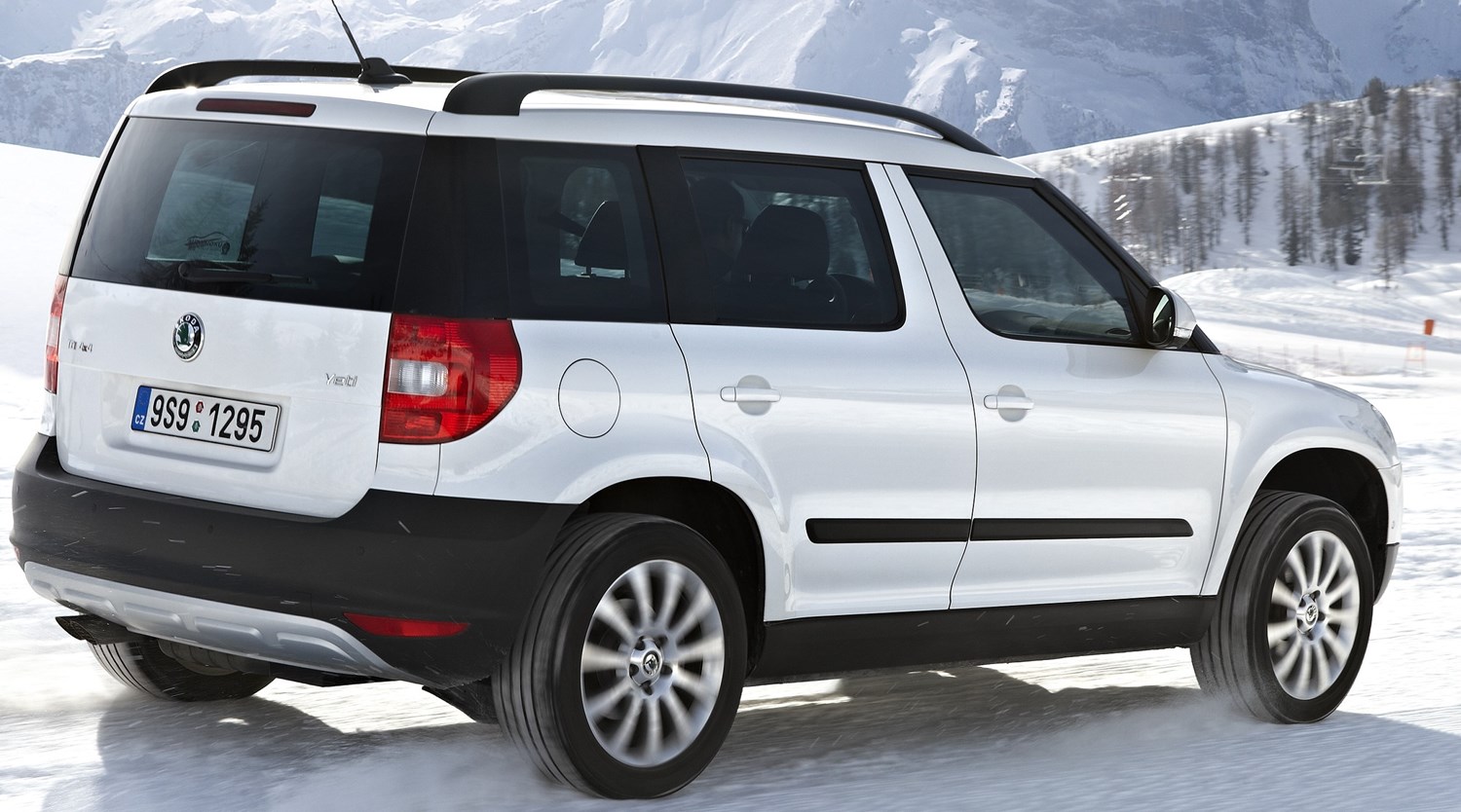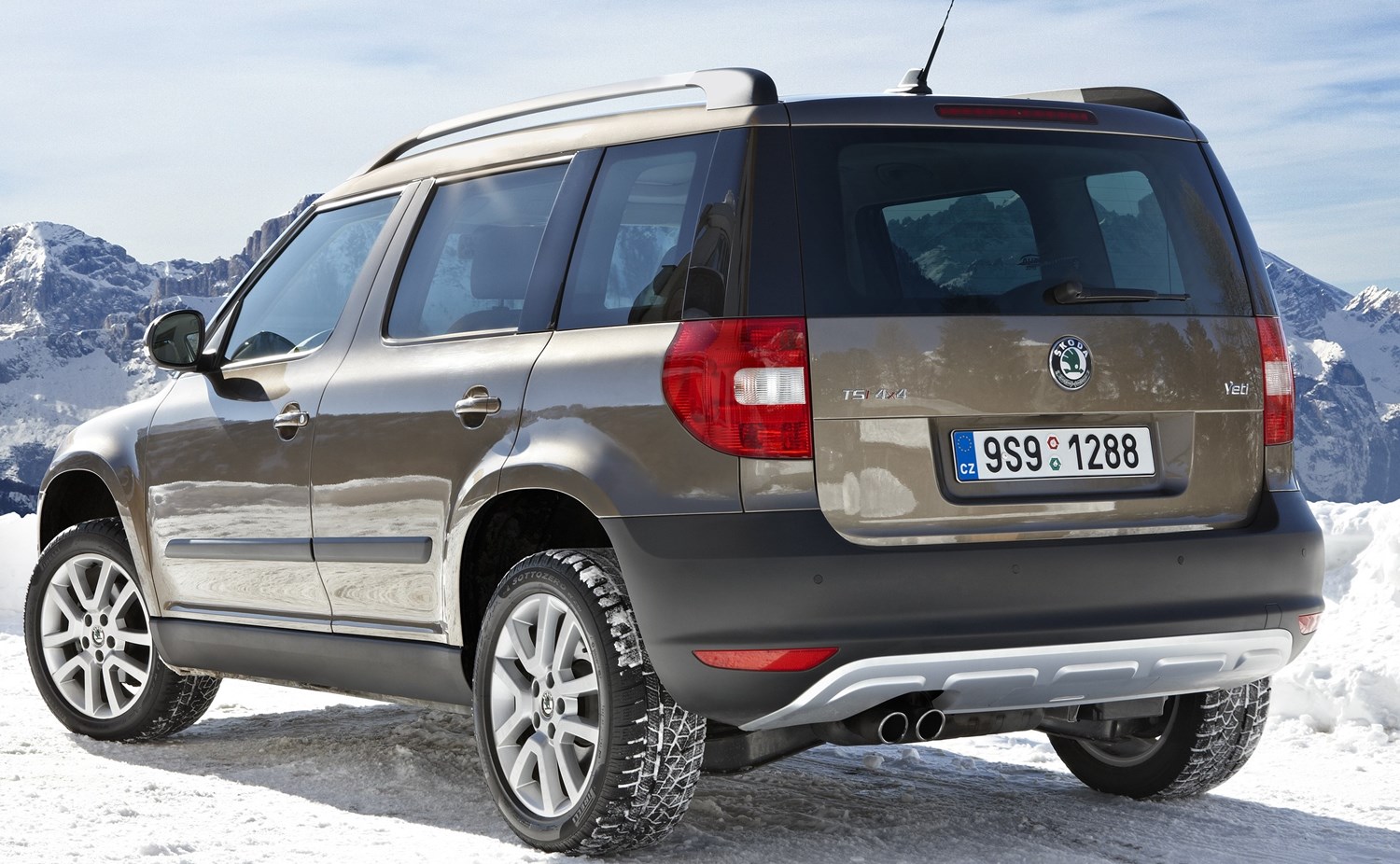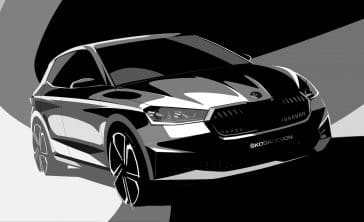Model review
The quirky Skoda Yeti was first launched back in 2009. With its boxy, SUV-inspired styling and compact hatchback-like dimension, the Yeti can be considered one of the original contenders in the crossover segment.
It proved to be a popular car when it initially went on sale, and won positive reviews from owners as well as members of the press. A facelift in 2014 built on the characteristics the Yeti had become respected for and also saw the introduction of a more rugged Yeti Outdoor model.
While the Skoda Yeti is still a good little car today, it is starting to show its age compared to its rivals in what it a hugely competitive segment of the market. That said, a new model is expected to be revealed later in 2017.

Latest model
Skoda treated the Yeti to a mid-life facelift in 2014, with the most significant revision coming in the form of a new, more rugged Skoda Yeti Outdoor model to sit alongside the regular Yeti.
This Outdoor model was fitted with black plastic bumpers, side mouldings and door sills for a more rough-and-ready appearance, while these panels were the same colour as the rest of the body on the regular model.
The front end of the compact SUV was treated to a redesign, with the dual headlights from the earlier model ditched in favour of a single headlight design that was more in line with those of the Octavia at the time.
Those in the market for a new Yeti should be aware, however, that Skoda is starting to phase the current model out in anticipation of its replacement. The new car is expected to be unveiled later in 2017, before hitting roads in the UK some time in 2018.
Value for money
As a brand, Skoda prides itself on selling cars that offer strong value for money and place function over form.
The Yeti continues this trend, with even the entry-level S trim gaining a five-inch touchscreen infotainment system, Bluetooth audio streaming, air conditioning and 16-inch alloy wheels as standard. Not bad, considering the £17,610 entry-level price tag.
Higher up the model range, features such as satellite navigation, rear parking sensors, LED daytime running lights and park assist help to boost the Yeti’s appeal, but these do come at a price – with the flagship Laurin & Klement Outdoor costing upwards of £25,570.
Pre-facelift Skoda Yetis could represent better value for money for those buyers on a budget. A decently-specced example with around 50,000 miles on the clock will set you back around £7,500.
It also pays to bear in mind that because Skoda is starting to phase the current generation of Yeti out of production, it is likely that prices will also start to drop in a bid to encourage people to buy the run-out stock.
Looks and image
Compared with its rivals such as the Nissan Qashqai, Seat Ateca and Toyota C-HR with their sharp lines and swept-back looks – the Skoda Kodiaq is quite a boxy-looking car, which only serves to make it that much more distinguishable on the road.
That said, the mid-life refresh from 2014 was some time ago now, and the Yeti is starting to look its age. While this update did introduce a revised front end, the rest of the car remained largely untouched when compared with the original 2009 model. Compared with the design language employed on newer Skoda models, the Yeti does look tired.
A similar theme is prevalent in the Yeti’s cabin. The fixtures and fittings are rather plain to look at, but are certainly not unattractive and have a solid and reliable feel to them.
The only real fly in the Yeti’s ointment as far as its interior is concerned is the fact that its satellite navigation and infotainment systems are now outdated compared with what’s being offered in more recent Skoda models. This will no doubt be updated when the new model is released, however.

Space and practicality
As far as interior space is concerned, the Skoda Yeti won’t disappoint. Thanks to its boxy shape and tall roof line, there’s plenty of leg- and headroom for four adult passengers in both the front and the back.
While there is a small middle seat, adults will likely find it uncomfortable on anything other than a short journey. As far as children are concerned, however, the Yeti should prove to be more than up for the task of ferrying them around.
Boot space stands at 416 litres, which isn’t exactly class leading, but thanks to the Yeti’s square shape and a lack of a steep boot lid loading heavy items into the rear shouldn’t prove to be too much of a problem.
Should you require additional room, the rear seats can be folded flat to reveal 1,580 litres of storage space. The Yeti’s back seats can also be taken out completely to free up 1,760 litres of capacity.
Engines
The Skoda Yeti is available with a selection of two petrol engines as well as two diesels. Skoda also offers the Yeti in front-wheel-drive and four-wheel-drive configurations. All Yetis are offered with a manual transmission as standard, although a dual-clutch automatic is also available with certain engines.
The entry-level petrol unit is a 1.2-litre, four-cylinder engine that develops a respectable 109bhp. This engine can be paired with either a six-speed manual transmission or a seven-speed dual-clutch auto. Regardless of the transmission, it manages a combined fuel economy figure of 51.4mpg with CO2 emissions of 128g/km. This engine is only available with front-wheel-drive cars.
Customers can also opt for a larger 1.4-litre petrol. This engine produces 148bhp, and can only be specified with a Yeti 4x4. With the standard-fit six-speed manual transmission, Skoda claims this engine can achieve an economy figure of 44.8mpg on the combined cycle, while CO2 emissions stand at 147g/km.
As far as diesel engines are concerned, Skoda offers a 2.0-litre TDI with either 109bhp or 148bhp.
The less-powerful engine is available on both two-wheel- and four-wheel-drive Yetis. It can achieve fuel economy and emissions figures of 64.2mpg and 115g/km in two-wheel-drive guise with a manual transmission, which rise to 53.3mpg and 137g/km on 4x4 automatic models.
The 148bhp diesel engine is only available on four-wheel-drive Yetis. With a manual transmission, Skoda claims this engine can manage a combined fuel consumption figure as high as 55.4mpg with CO2 emissions as low as 134g/km. With the DSG gearbox, these figures are affected slightly, with fuel economy falling to 51.4mpg while CO2 emissions rise to 144g/km.
Running costs
Regardless of which engine you choose, the Skoda Yeti won’t be too expensive to keep on the road.
Buyers who are planning on covering a large number of miles will likely find the two-wheel-drive, 109bhp diesel the most attractive option, thanks to its 64.2mpg economy and CO2 emissions of 115g/km.
While the diesel engines tend to be more economical than the petrols, they are loud and rather unrefined. The large majority of Yeti buyers will likely opt for the petrol engine options.
As far as VED is concerned, the cheapest Skoda Yeti to tax will be the 2.0-litre, 109bhp diesel with two-wheel drive, as well as the 1.2-litre petrol. With respective CO2 emissions of 115g/km and 128g/km, these variants will both cost buyers £160 for the first year of ownership and £130 each subsequent year in road tax.

Things to look out for
Since its 2009 launch, the Skoda Yeti has proven itself to be an incredibly reliable car, and was even named the UK’s most reliable new car in 2012.
Ownership surveys have revealed that the Yeti scores well in a wide range of categories, including reliability, handling and ease of driving. It also ranked favourably as far as running costs and safety were concerned – which does help make a strong case for buying a used model.
The Yeti has been the subject of one recall since it was launched, which was issued in 2011 over concerns of potential fuel leaks. It covered 2.0-litre diesel models produced from 2009 to 2011 – so ensure that all relevant fixes have been carried out if you’re planning on buying a used model from this period.
Rivals
The Skoda Yeti is by no means short of rivals. It goes up against the likes of the Nissan Juke, SsangYong Tivoli and the Toyota C-HR. At a pinch, it could also be compared with larger crossovers such as the Nissan Qashqai and Volkswagen Tiguan.
As far as price is concerned, an entry-level SsangYong Tivoli significantly undercuts the Yeti by the best part of £5,000 and is fairly comparable in terms of the standard equipment on offer
The Toyota C-HR on the other hand, is slightly pricier than the Yeti –starting at £20,995 – although as it is a far newer model, the technology offered is much improved and standard equipment is more generous.
Depreciation warning
The Skoda Yeti performs strongly in the depreciation department, even though it is starting to show its age.
Both petrol and diesel models are in fairly high demand on the used market, meaning they should be easy enough to sell on when the time comes.
That said, the higher-specification 4x4 models don’t quite experience the same levels of demand as their cheaper counterparts.





